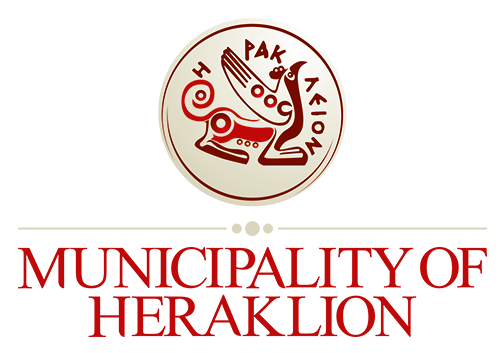A long road, the Strada Larga or Strada Imperiale or Strada Larga di Panigra – also known as the broad alley- centuries later would be the current Kalokairinou Avenue. This leads to the western side of the Venetian fortification where one of the main gates of the city opens. The Pantocrator Gate, as it is called or the Panigra Gate, was built in 1567 and presents a unique peculiarity. It is the only one that served a dual purpose, both military and civic. In order not to interfere with the movement of both, two entrances were created on the facade, while in the interior a transverse wall separated the uses. The gate and its bastion got their name from the small church of Pantocrator that was located inside the fort walls, very close to the gate. Inside, facing the city, the façade is of monumental style and is the work of the famous architect Michele Sanmicheli. The city-side façade is adorned by a full-bodied winged Lion of Saint Mark – symbol of the Venetians – in stride and higher up by a medallion bearing the figure of the Almighty surrounded by the inscription “OMNIPOTENS” (Pantocrator). Above the intel, the gate exit is decorated with the winged Lion of St. Mark, the bust of Almighty and the inscription “Pantokrator” in Greek and the coat of arms of Doge Pietro Loredan. The open space of the low square was used for the placement of the cannons and the defense of the moat. At the beginning of the 20th century, next to the Gate, part of the wall was demolished and a passage for cars and pedestrians was created. It was bridged in 1915 with a wide arched opening under which the city road passes. Like the rest of the Venetian gates, the Gate of Pantocrator is used today for exhibitions and events. In the future, it will be suitably configured to host the Museum of the city of Heraklion.
NEWSLETTER

subscribe


#VISITHERAKLION
useful
How to get to Heraklion | Moving around the city | Useful phone numbers | About us | Contact | Press Releases








